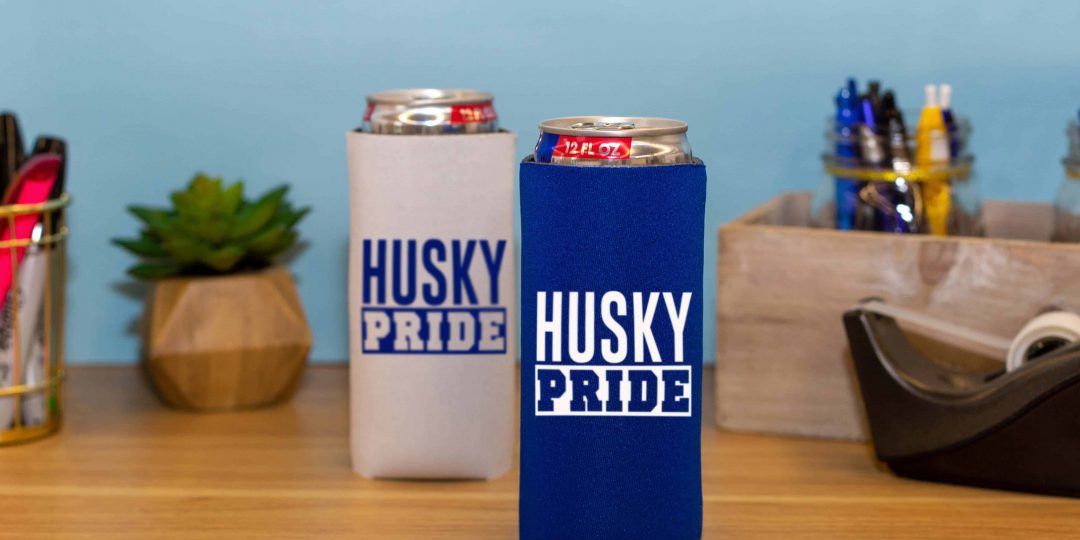
First Impressions.
When it comes to impact, colleges and universities know that from the moment a potential student submits that application, they are likely on pins and needles until the reply comes.
Back in the day, that meant an envelope. Was it thin?
Sorry Charlie!
Was it thick? GREAT NEWS!
Flash forward to today.
Colleges and universities are stepping up their admissions game, sending out acceptance packages that are more than just a letter on fancy paper. We’re talking about vibrant printed materials, school swag, and creative promo products—all designed to spark joy and, let’s be real, encourage those all-important unboxing videos on social media.
It’s not just about welcoming students; it’s about turning them into instant brand ambassadors, sharing their excitement with the world. Take Reed College, for example: their acceptance package includes a copy of The Invisible Man, a notebook, stickers, confetti, and a handwritten note—super detailed touches that practically beg to be shared online. These moments aren’t just memorable for students; they’re marketing gold for the schools
And check out this video posted to YouTube last year of a recently accepted student to Stanford University https://www.youtube.com/shorts/jOEFoe72owQ
These moments aren’t just memorable for students; they’re marketing gold for the schools.
Why?
Close to 2 MILLION high school students go directly from high school to college each year.
TWO MILLION.
If you are a college admissions administrator, and you are contemplating changing how you communicate with applicants, here are 3 things to consider.
- Personalize Every Interaction
Get rid of generic emails and mass messages. Use information from each student’s application—like intended major, extracurricular interests, or hometown—to customize acceptance letters, emails, and especially printed materials.
- Leverage Peer Connections and Social Engagement
Create opportunities for accepted students to connect with current students or recent alumni through group chats, social media groups, or virtual meetups. Peer-to-peer engagement builds trust and helps new students feel like they belong before they even arrive on campus.
- Adopt a Multi-Channel, Student-Centered Approach
Communicate through a mix of channels: email, text, social media, phone calls, and certainly mail. Given the tactile nature of print and the fact that print is known to remain in a household for weeks if not months, mail will win the day. Gen Z students expect prompt, consistent, and platform-appropriate engagement.
There are so many ways to stand out among colleges and universities when it comes to that all important beginning of the relationship.
You can rely on us here at Brooks Litho to help you choose just the right plan for your target students.

